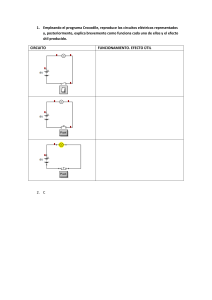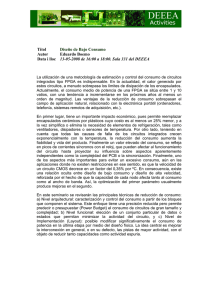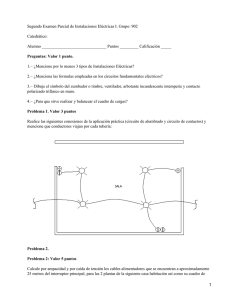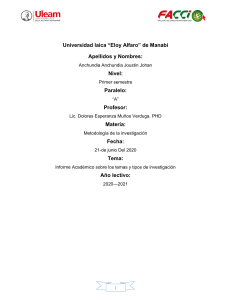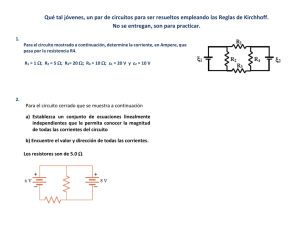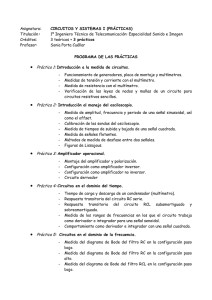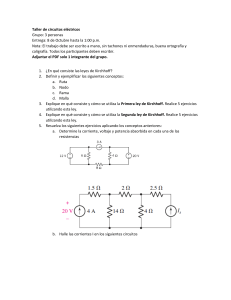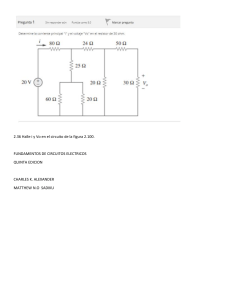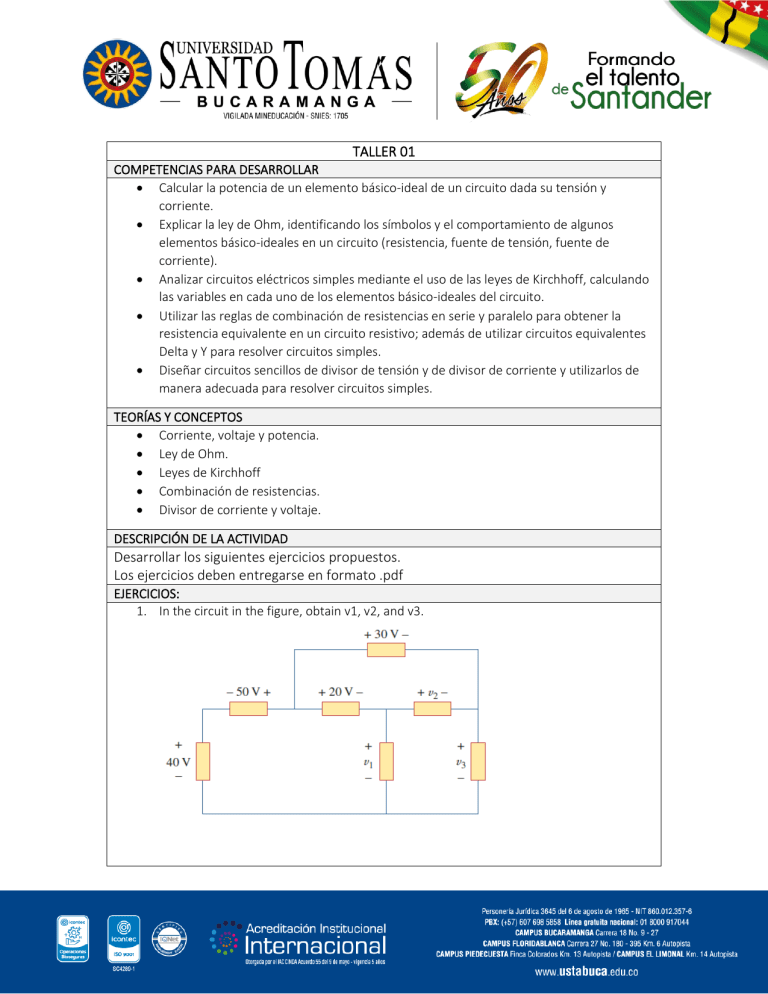
TALLER 01 COMPETENCIAS PARA DESARROLLAR • Calcular la potencia de un elemento básico-ideal de un circuito dada su tensión y corriente. • Explicar la ley de Ohm, identificando los símbolos y el comportamiento de algunos elementos básico-ideales en un circuito (resistencia, fuente de tensión, fuente de corriente). • Analizar circuitos eléctricos simples mediante el uso de las leyes de Kirchhoff, calculando las variables en cada uno de los elementos básico-ideales del circuito. • Utilizar las reglas de combinación de resistencias en serie y paralelo para obtener la resistencia equivalente en un circuito resistivo; además de utilizar circuitos equivalentes Delta y Y para resolver circuitos simples. • Diseñar circuitos sencillos de divisor de tensión y de divisor de corriente y utilizarlos de manera adecuada para resolver circuitos simples. TEORÍAS Y CONCEPTOS • Corriente, voltaje y potencia. • Ley de Ohm. • Leyes de Kirchhoff • Combinación de resistencias. • Divisor de corriente y voltaje. DESCRIPCIÓN DE LA ACTIVIDAD Desarrollar los siguientes ejercicios propuestos. Los ejercicios deben entregarse en formato .pdf EJERCICIOS: 1. In the circuit in the figure, obtain v1, v2, and v3. 2. Find i1, i2, and i3 in the figure. 3. For the network in the figure, find the current, voltage, and power associated with the 20 [kΩ] resistor. 4. Find Vx in the circuit of the figure. 5. In the circuit shown in the figure, determine and the power absorbed by the 12 Ω resistor. 6. Find the equivalent resistance at terminals a-b of each circuit in the figure. 7. Obtain the equivalent resistance in each of the circuits of the figure. In (b), all resistors have a value of 30 Ω.
